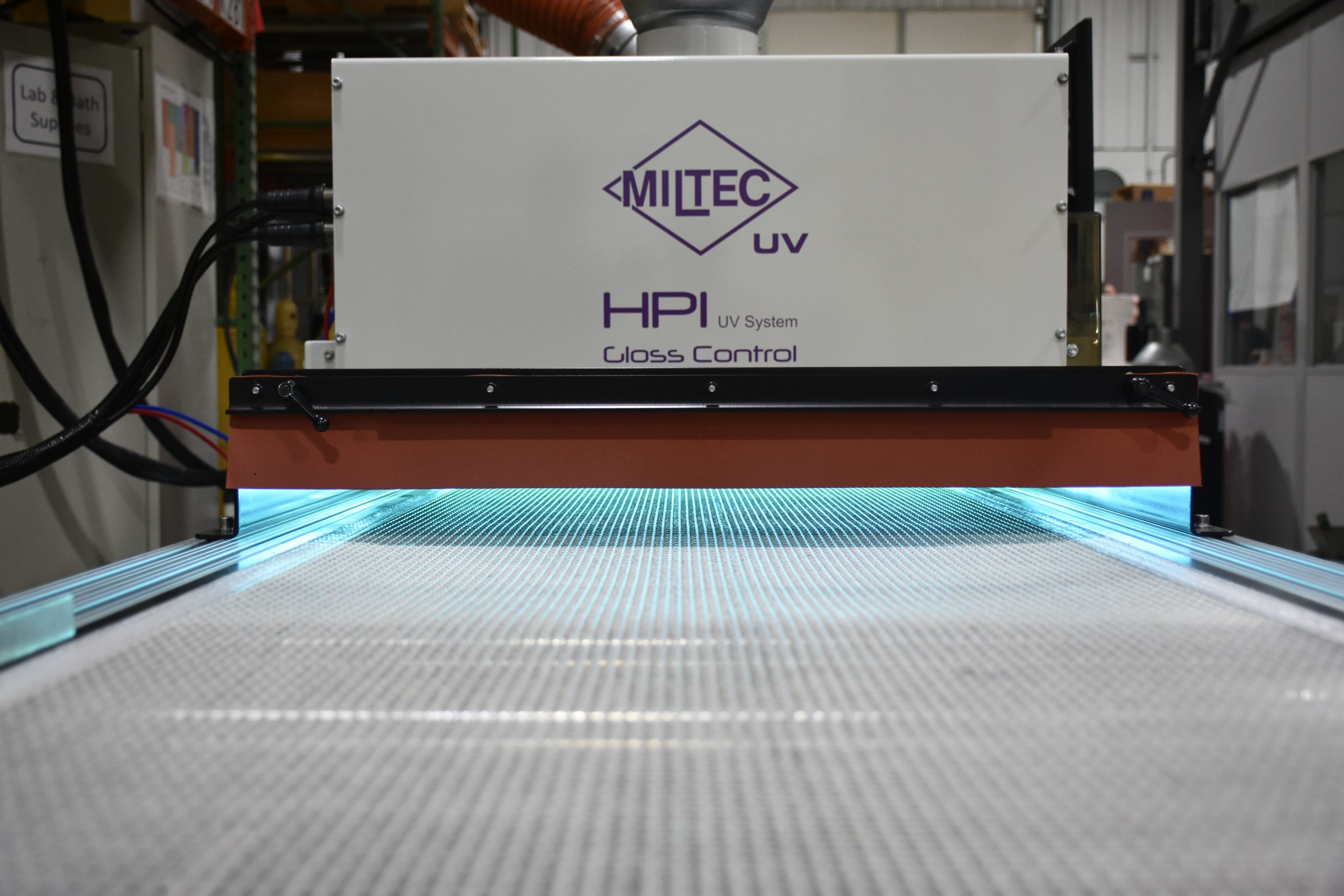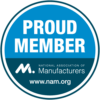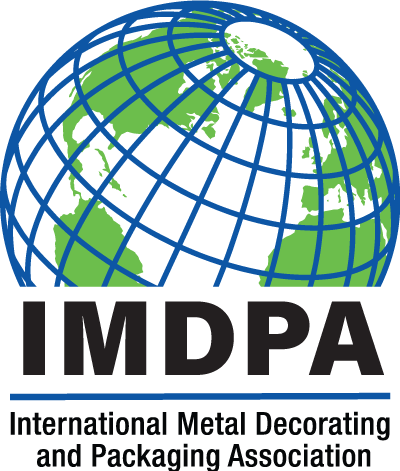Answering your UV curing questions
UV curing is a technology that has revolutionized the way we think about adhesive and coating applications. It is a process that involves using ultraviolet (UV) light to initiate a chemical reaction, which causes a liquid or semi-solid material to transform into a solid state. This process is widely used in industries such as printing, electronics, and medical devices, among others. The big question is, how does UV curing work?
In simple terms, UV curing involves three components: a photoinitiator, a monomer or oligomer, and a UV light source. The photoinitiator is a molecule that absorbs the energy from the UV light and breaks apart, creating reactive species that trigger the polymerization of the monomer or oligomer. The monomer or oligomer then reacts with the reactive species, forming long chains that link together and create a solid material.
First, the liquid or semi-solid material is applied to the surface that requires coating or bonding. Then, the UV light is shone on the material, causing the photoinitiator to break down and start the polymerization process. The energy from the UV light activates the photoinitiator and starts the reaction. Once the photoinitiator breaks down, the monomer or oligomer starts reacting with the reactive species, forming long chains of polymers. The longer the chains become, the more viscous and solid the material becomes.
Advantages of UV Curing
UV curing has several advantages over other forms of curing. First, it is a quick process, taking only a few seconds or minutes, depending on the material being cured. This speed means that it can be used in high-speed manufacturing processes, making it highly efficient. Second, it is a dry process, meaning that there are no solvents or chemicals involved, making it an environmentally friendly option. Finally, UV curing provides a highly durable and long-lasting bond, making it ideal for high-performance applications.
Applications of UV curing
UV curing is widely used in a range of industries, including:
- Printing – UV curing is used in the printing industry to cure inks, varnishes, and coatings quickly and efficiently.
- Flooring – UV technology for flooring applications allows for unprecedented flexibility and production efficiency.
- Optical Fiber – Leading optical fiber manufacturers choose our technology for UV curing on draw towers, coloring lines, and FRP coating applications.
- Electronics – UV curing is used in the electronics industry to bond and coat components, including semiconductors and circuit boards.
- Wood – Wood curing solutions tackle projects ranging from simple to the most complex 3D curing of wood moldings and wood profiles.
- Metal Decorating & Rim Coating – UV curing helps manufacturers gain a competitive edge through faster line speeds and considerable cost and energy savings.
- Medical devices – UV curing is used in the medical device industry to bond and seal components, including catheters and implantable devices.
- Automotive – UV curing is used in the automotive industry to cure coatings and adhesives for components such as bumpers, dashboards, and trim.
- Packaging – UV curing is used in the packaging industry to cure coatings and inks on materials such as paper, cardboard, and plastic.
For more than 30 years, Miltec UV has continued to innovate, develop, and support high-performance UV curing systems. All Miltec UV systems incorporate high peak irradiance technology which provides customers with improved manufacturing productivity, enhanced end-product quality, and reduced energy and maintenance costs.





 简体中文
简体中文 Nederlands
Nederlands English
English Français
Français Deutsch
Deutsch हिन्दी
हिन्दी Italiano
Italiano 日本語
日本語 한국어
한국어 Português
Português Русский
Русский Español
Español ไทย
ไทย